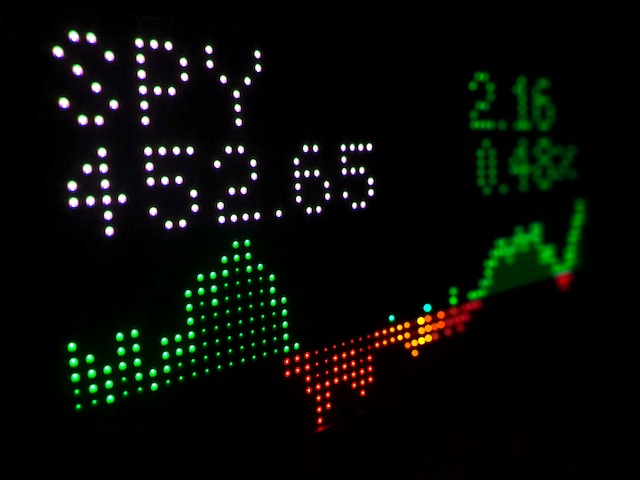US Treasury yields rose to 4.24% after weak demand at the latest 10-year note auction

Treasury yields jumped again on Wednesday after a disappointing 10-year note auction made it clear investors are no longer buying the rally without hesitation.
The bidding flopped just enough to shake confidence. The yield on the 10-year climbed to 4.24%, up three basis points from the previous session, and even spiked to 4.28% about 90 minutes before the auction ended, before slipping back down.
The actual result of the auction didn’t help. The new 10-year note printed a yield of 4.255%, which was 1.1 basis points above its pre-auction trading level. That difference, known as a “tail,” was the largest tail since last year’s botched 10-year auction, where it missed by more than three basis points.
That kind of gap is seen as a red flag, especially when investor nerves are already high. The size of the tail also meant the coupon landed at 4.25%, instead of the expected 4.125%, giving the note a slightly better payout.
Rate cut hopes pull yields lower, but belly stays rich
Despite the weak turnout, this auction still resulted in the lowest 10-year yield since December, according to data from Bloomberg. That drop is tied to rising bets on Federal Reserve rate cuts, especially after last Friday’s weak jobs data.
July’s employment numbers came in softer than expected, and the previous two months were also revised lower. That shift in labor momentum pushed more traders into betting on rate cuts by year-end.
On Wednesday, Neel Kashkari, the president of the Minneapolis Fed, said the US economy is slowing and “a rate cut may be appropriate in the near term.” Neel still expects two cuts before the end of 2025. Traders are now pricing in nearly 60 basis points of easing by December, and market odds for a move in September hit 85%, reflecting growing confidence in an earlier cut.
Still, auctions don’t care about weekly news. They happen every month on a fixed schedule. Even when 10-year Treasury yields were approaching 3.85% in early April, the calendar didn’t shift. This week’s auction series wraps up on Thursday with a $25 billion 30-year note, which is expected to come in with the lowest yield since March.
Five-year notes trade rich as Fed expectations build
While the 10-year drama played out, traders also noticed how strange the five-year note looks right now. It’s rarely been this expensive compared to other maturities unless the Fed had rates pinned at zero, which it doesn’t.
Today, the five-year yield sat around 3.78%, near the top of its range since early 2022, the last time the Fed’s overnight rate floor was at 0%.
Goldman Sachs strategists William Marshall and Bill Zu highlighted just how off-balance the five-year zone is. They used a valuation method called a butterfly spread, where the five-year yield is doubled and the combined yield of the two- and 30-year notes is subtracted.
Right now, that number is near -100 basis points, which is the lowest it’s been since early 2021. “The defining feature of the Treasuries market has been and remains how rich the belly is,” William and Bill said. They added that this pricing is based on expectations that the Fed will cut rates more quickly and by larger amounts, but they don’t think it’ll last.
They explained that since the start of the year, traders have been betting on more near-term cuts and deeper overall cuts, which has pulled extra demand into the belly of the curve, especially the five-year. But they warned that the only way that valuation will start to unwind is if the market moves toward front-loaded cuts.
Despite the overvaluation, the five-year has been the top-performing part of the yield curve this year. It’s benefited from the same rate-cut optimism that has kept longer-term yields from falling. Meanwhile, inflation that refuses to fully ease and the growing US budget deficit continue to apply pressure to long-maturity yields, including the 30-year.
Cryptopolitan Academy: Want to grow your money in 2025? Learn how to do it with DeFi in our upcoming webclass. Save Your Spot





